The Southeast Asia Agroecology Learning Initiative (ALiSEA) has recently coordinated with member organizations (ASINCV, SPERI) to organize a program to enhance connectivity and share knowledge and experience in developing agroecology at the Phu Quy Fruit and Industrial Crop Research Center, Nghe An province.
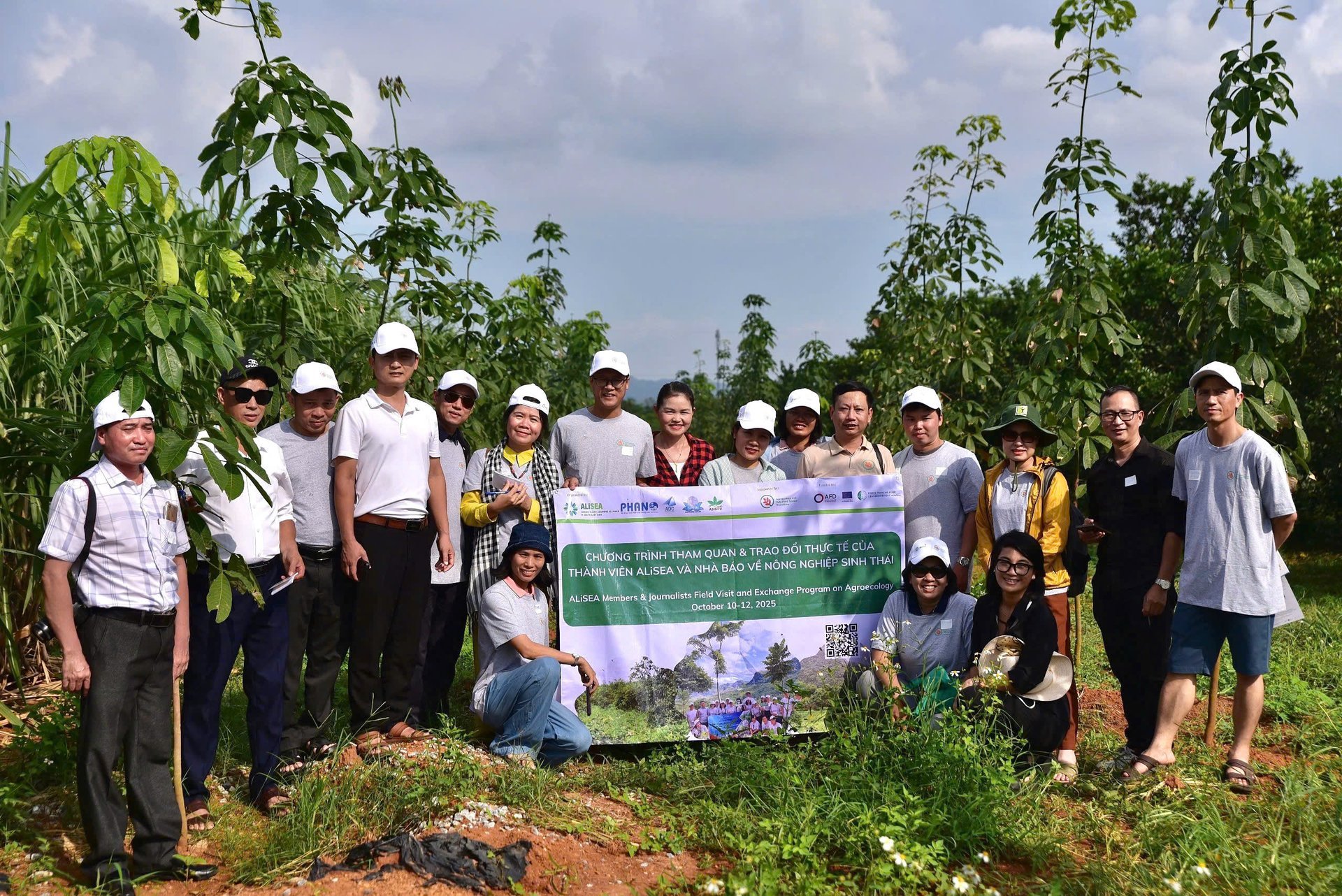
ALiSEA delegation visited Phu Quy Fruit and Industrial Crop Research Center. Photo: Kieu Chi.
Formerly known as Tay Hieu Tropical Plant Experiment Station, Phu Quy Fruit and Industrial Plant Research Center was established by the Ministry of Agriculture and Food Industry in April 1960. Over the past six decades, the Center has been considered the cradle of production in Phu Quy region in particular and the North Central region in general, playing an important role in testing, preserving and developing many varieties of industrial plants and native fruit trees.
Currently, the Center focuses on researching and developing citrus fruit varieties, rubber trees, sugarcane, and sustainable farming models associated with the principles of ecological agriculture. Every year, the Center organizes 10-15 training courses on citrus planting and care techniques for farmers and cooperatives in the region.
Ms. Pham Thi Sam, Deputy Director of the Center said: "In developing ecological agriculture, we especially value the use of local seed sources, reducing chemical inputs, increasing biodiversity through intercropping models, covering the soil and crop rotation appropriately. This is a solution to help farmers both protect the land and increase sustainable income."

Experimental model of sugarcane-rubber intercropping at Phu Quy Fruit and Industrial Tree Research Center. Photo: Kieu Chi.
According to Ms. Sam, the Center is experimenting with the model of intercropping rubber with sugarcane. The model of "taking short-term to support long-term" has been tested by the Center for one year, referring to the experience of the Yunnan Province Rubber Research Institute (China). Sugarcane is intercropped with a distance of 4m between rows, with a strip between the double rows of rubber 16-20m, which has the effect of covering the soil, limiting weeds, retaining moisture, and at the same time bringing high economic efficiency.
In fact, the preservation and development of native plant varieties at the Center has encountered many difficulties due to the lack of support mechanisms and funding. However, the research team is still persistent in preserving and restoring valuable genetic resources. According to Ms. Sam, the development orientation of the Center is to link research with practice, link science with farmers, and aim for an agriculture that is responsible to the environment and the community.
The Center focuses on research, transfer, and application of 13 principles of ecological agriculture in management and production, emphasizing the balance between three main factors: ecology - economy - society, using local resources and varieties, reducing chemical materials, and ensuring biodiversity (intercropping). The intercropping extension models, especially the 90ha sugarcane model applying mechanization of the Center, have proven to be outstandingly effective, reducing labor and production costs.
The visit and working session of the ALiSEA delegation at the Phu Quy Fruit and Industrial Crops Research Center is not only an opportunity for technical exchange but also opens up opportunities to connect ecological agricultural practice initiatives in the region. Through this, member organizations can learn and spread environmentally friendly farming models that adapt to climate change...
Source: https://nongnghiepmoitruong.vn/can-co-che-khuyen-khich-bao-ton-giong-cay-an-qua-ban-dia-d778696.html


![[Photo] Special class in Tra Linh](https://vphoto.vietnam.vn/thumb/1200x675/vietnam/resource/IMAGE/2025/11/14/1763078485441_ndo_br_lop-hoc-7-jpg.webp)

![[Photo] Unique art of painting Tuong masks](https://vphoto.vietnam.vn/thumb/1200x675/vietnam/resource/IMAGE/2025/11/14/1763094089301_ndo_br_1-jpg.webp)
![[Photo] Deep sea sand deposits, ancient wooden ship An Bang faces the risk of being buried again](https://vphoto.vietnam.vn/thumb/1200x675/vietnam/resource/IMAGE/2025/11/13/1763033175715_ndo_br_thuyen-1-jpg.webp)


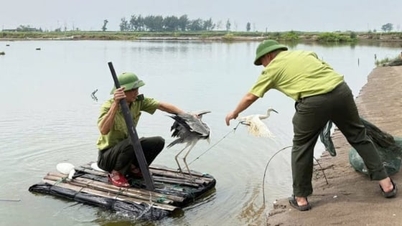









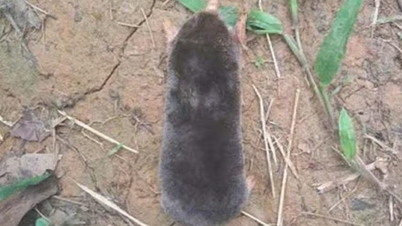


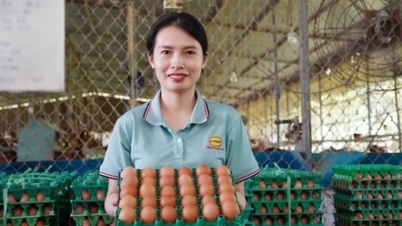
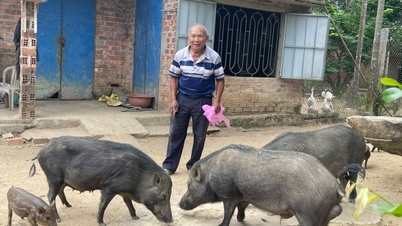
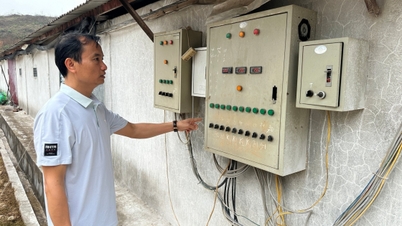
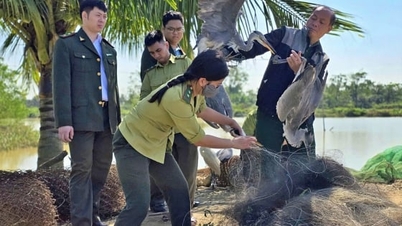
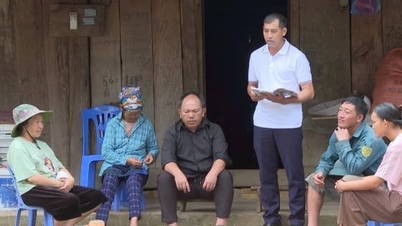





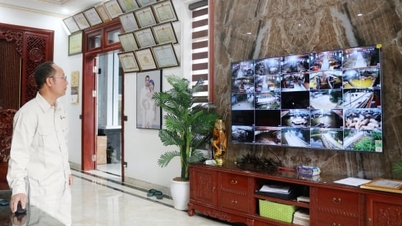
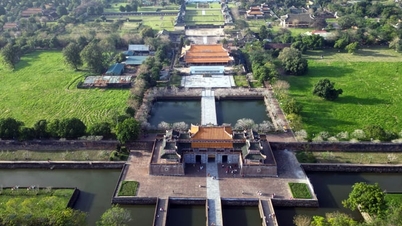

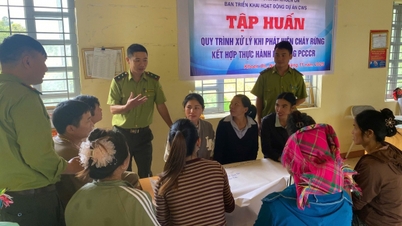
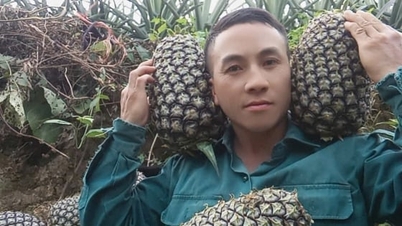












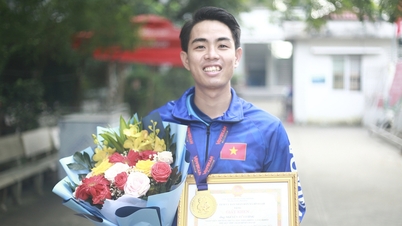

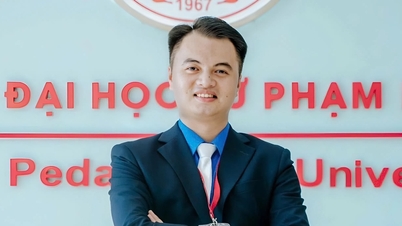




















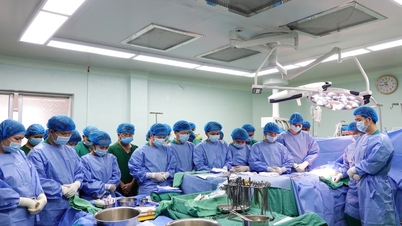

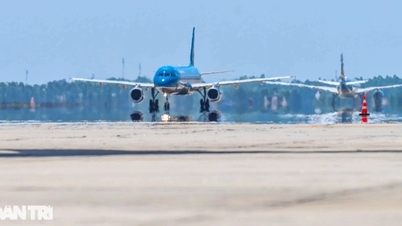

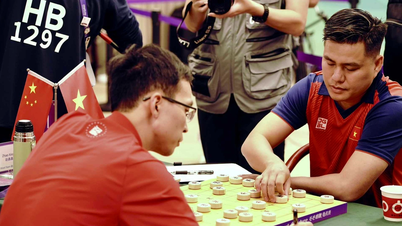
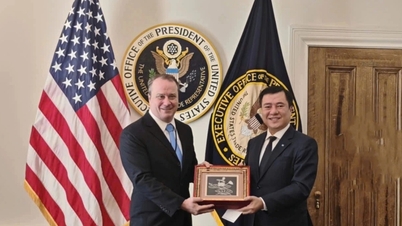








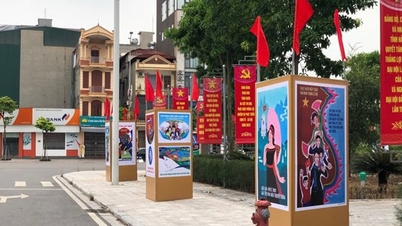
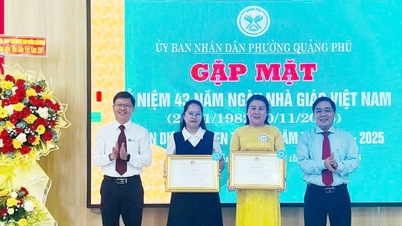
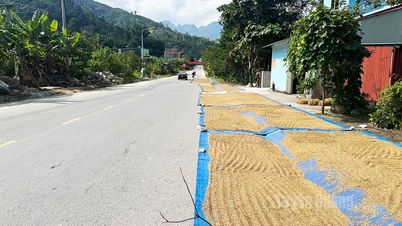


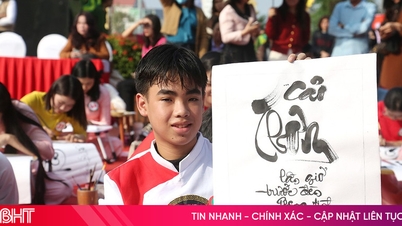

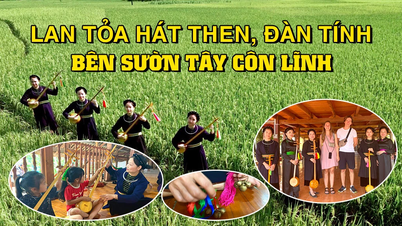
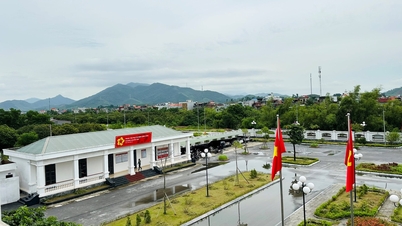







![Dong Nai OCOP transition: [Article 3] Linking tourism with OCOP product consumption](https://vphoto.vietnam.vn/thumb/402x226/vietnam/resource/IMAGE/2025/11/10/1762739199309_1324-2740-7_n-162543_981.jpeg)






Comment (0)